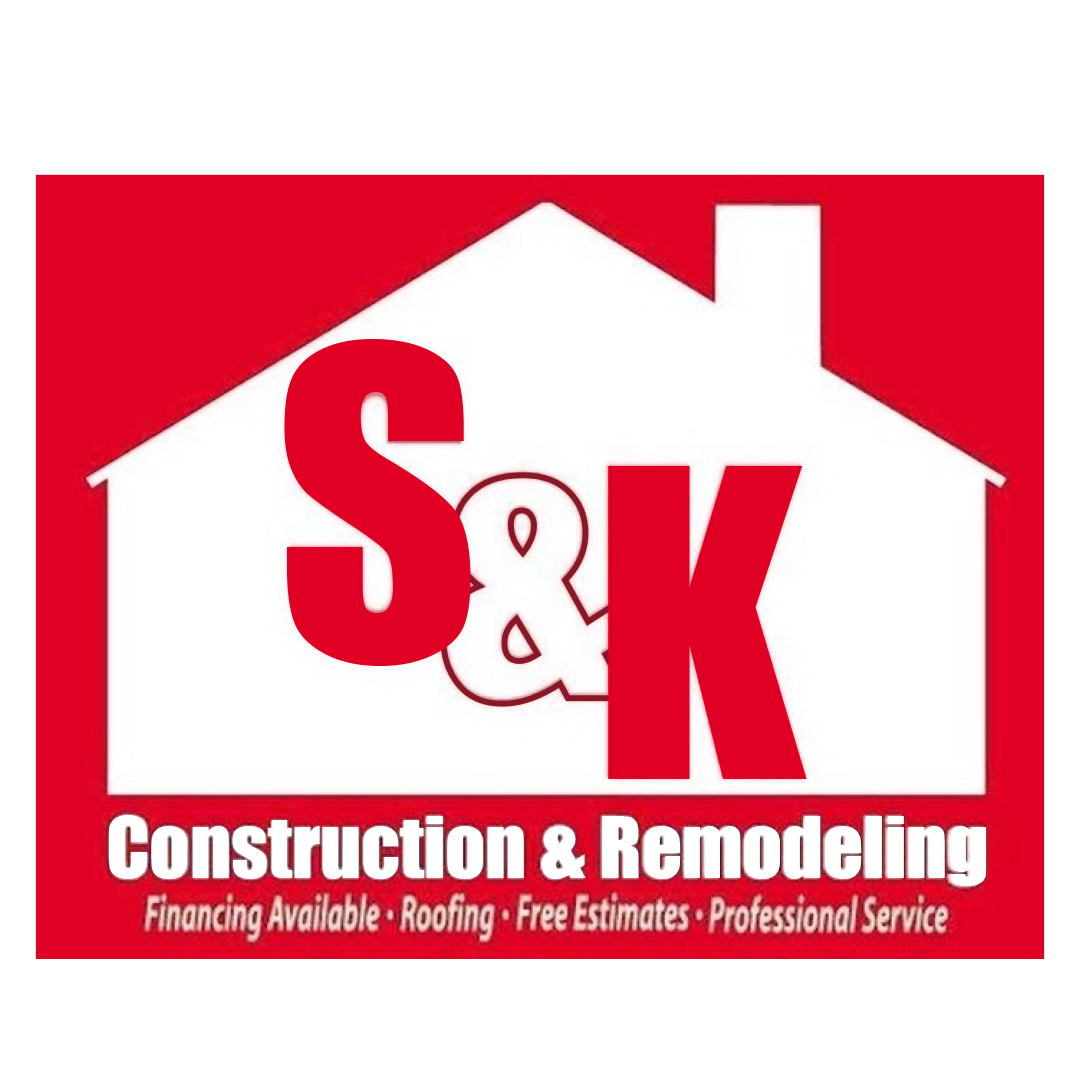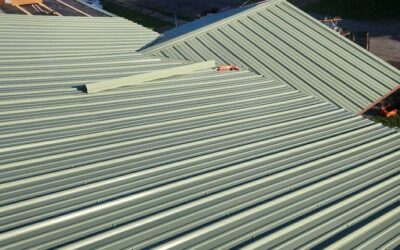What Should I Do When My Roof Damage Insurance Estimate is Too Low? A Guide for Homeowners in Northeast Ohio
When your roof sustains damage—whether due to a severe storm, fallen tree, or age—dealing with insurance claims can be overwhelming. One of the most common frustrations that homeowners face during this process is when the insurance estimate for roof repairs or replacement is too low. You might feel that the estimate doesn’t cover the full extent of the damage, or it might not be enough to get your roof back to its pre-damaged condition.
If you live in Northeast Ohio, where weather conditions can vary drastically, understanding how to handle a low insurance estimate is crucial. In this blog, we’ll explore the steps you should take when you feel that the insurance estimate for your roof damage is too low, and how to ensure that your roof is adequately repaired or replaced.
1. Why Is My Insurance Estimate Too Low?
Before jumping into what you should do next, it’s essential to understand why your insurance estimate might be too low. There are several possible reasons for this:
1.1 Underestimation of Damage
Insurance adjusters are often under pressure to process claims quickly and efficiently. In some cases, this can lead to them underestimating the damage, especially if they don’t perform a thorough inspection. They might miss hidden damage, like internal leaks, structural issues, or underlayment problems that could require more extensive repairs.
1.2 Use of Inadequate Materials or Labor Rates
Your insurance company might use lower-cost materials or labor rates in their estimate. This may not reflect the quality of materials needed to repair your roof or the local rates for roofing services in your area. For example, if you live in Cleveland Heights or Chagrin Falls, where roofing materials may be more expensive due to regional preferences or high demand, the insurance estimate might not align with market rates.
1.3 Depreciation
Insurance companies sometimes deduct the depreciated value of your roof from the payout. This means they may only pay for the current value of your roof, not the cost to replace it with new materials. This can leave you with an estimate that is far lower than what it would cost to fully repair or replace the roof.
1.4 Low-Quality Adjuster Estimates
In some cases, the initial estimate from an insurance adjuster may not reflect a true, accurate assessment of the damage. The adjuster might use estimation software or tools that are based on average costs rather than specific local pricing. As a result, they may miss important details or fail to include all necessary repairs.
1.5 Insufficient Coverage in Your Policy
Your insurance policy might have limitations or exclusions that affect your roof claim. For example, some policies only cover certain types of damage or only provide partial coverage for roof replacements. If your policy includes a limit on roof coverage, your estimate may not be sufficient to cover all the repairs you need.
2. What Should You Do If Your Roof Damage Estimate Is Too Low?
If your insurance estimate is too low, don’t simply accept it. You have the right to challenge the estimate and work to ensure that your roof gets repaired properly. Here’s a step-by-step guide to what you should do if you find yourself in this situation.
2.1 Review the Estimate Carefully
The first step is to review the estimate provided by your insurance company. Make sure you understand the scope of the repairs or replacement and compare it with your actual damage. If you’re unsure whether the estimate covers everything, consider these factors:
- Does it include all the damage? Look for any missing items like damaged underlayment, flashing, or ventilation that could have been overlooked.
- Are the materials specified in the estimate adequate? Ensure that the materials listed are high-quality and appropriate for your roof’s needs. Cheaper materials might reduce the cost of the estimate, but they may not be suitable for long-term durability.
- Are the labor rates reasonable? In Northeast Ohio, labor rates can vary depending on the region. If you feel that the rates listed in the estimate are too low, they might not reflect the quality of roofing contractors in your area.
2.2 Get a Second Opinion from a Roofing Contractor
If you feel that your insurance company’s estimate is too low, one of the most important steps you can take is to get a second opinion from a professional roofing contractor. Choose a reputable local contractor, like S&K Construction and Remodeling, who is familiar with the roofing standards and costs in Northeast Ohio. They can provide you with an accurate, detailed estimate that reflects the true scope of the damage.
Here’s how a professional contractor can help:
- Inspect for Hidden Damage: A contractor can identify damage that isn’t visible to the untrained eye, such as leaks under the shingles or issues with the roof’s internal structure.
- Provide a Detailed Estimate: Contractors will provide a detailed estimate that includes the cost of materials, labor, and any necessary repairs. This estimate can be used to argue for a higher payout from your insurance company.
- Advocate for You: If the contractor finds that the insurance estimate is insufficient, they can work with you to communicate the additional needs to the insurance company, helping you get the compensation required for the repairs.
2.3 Document the Damage Thoroughly
Proper documentation is crucial when challenging a low insurance estimate. Make sure you take photos and videos of all visible damage to your roof, including close-ups of missing or damaged shingles, leaks, and any other visible issues. If you’ve already had a professional contractor inspect your roof, ask them to provide a written report outlining the damage and the necessary repairs.
Additionally, take photos of the areas surrounding your roof that could be affected by the damage, such as your attic, interior ceilings, and walls. This can help show the full extent of the damage and provide evidence that may not be immediately apparent to the adjuster.
2.4 Challenge the Estimate with Your Insurance Company
Once you’ve gathered all your documentation and received a second opinion from a contractor, it’s time to challenge the estimate with your insurance company. Follow these steps:
- Submit Your Evidence: Provide your insurance company with all the evidence you’ve gathered, including your contractor’s estimate, photographs, and any other supporting documents. Make sure to highlight any discrepancies between their estimate and the reality of the damage.
- Ask for a Re-inspection: If you believe the insurance adjuster missed critical damage, request a re-inspection. The insurance company may send another adjuster to evaluate the roof again. You can also ask your roofing contractor to be present during the re-inspection to ensure everything is properly assessed.
- Negotiate for a Higher Payout: If the initial estimate doesn’t reflect the full cost of repairs or replacement, negotiate for a higher payout. Be clear about the reasons why you believe the initial estimate was too low, and present your contractor’s estimate as evidence.
2.5 Consider Hiring a Public Adjuster
If you’re not getting the support you need from your insurance company, consider hiring a public adjuster. Public adjusters are independent professionals who work on behalf of the homeowner (not the insurance company) to ensure that the insurance payout is fair. They can help you challenge a low estimate and negotiate a better settlement with your insurer.
Public adjusters can:
- Evaluate Your Roof’s Damage: They will conduct their own inspection and assess whether the insurance company’s estimate is accurate.
- Handle the Negotiations: Public adjusters are experienced in dealing with insurance companies and can help you negotiate a fair settlement.
- Provide Expert Advocacy: If your case becomes more complex, a public adjuster can provide expert support and help you get the best outcome possible.
2.6 Appeal the Denial or Low Estimate
If your insurance company refuses to adjust the estimate or denies your claim entirely, you can appeal the decision. Review your insurance policy to understand the appeals process, and submit all necessary documentation to support your case. Be persistent and keep track of all communications with your insurance company.
In some cases, you might need to file a complaint with your state’s Department of Insurance if you believe the insurance company is acting in bad faith.
3. Why Choose S&K Construction and Remodeling for Your Roof Needs?
If you’ve experienced roof damage and are facing a low estimate from your insurance company, it’s important to work with a trusted roofing contractor who can help you navigate the process. At S&K Construction and Remodeling, we have extensive experience helping homeowners in Cleveland, Lakewood, Medina, Chagrin Falls, and surrounding areas get fair estimates for their roof repairs and replacements.
As an Owens Corning Preferred Contractor, we ensure that our roofing services meet the highest standards, using quality materials and providing accurate, detailed estimates. Our team will work with you every step of the way, from the initial inspection to filing a claim and negotiating with your insurance company. We’re here to ensure that your roof is repaired properly and that you get the compensation you deserve.
4. Conclusion
Dealing with a low insurance estimate for roof repairs or replacement can be frustrating, but it’s not the end of the road. By understanding the reasons behind the low estimate, gathering evidence, and working with roofing professionals, you can challenge the estimate and ensure that your roof gets the care it needs. If you’re in Northeast Ohio and need help navigating the process, contact S&K Construction and Remodeling today for expert roofing services and insurance claim assistance.
 (440) 307-2060
(440) 307-2060


